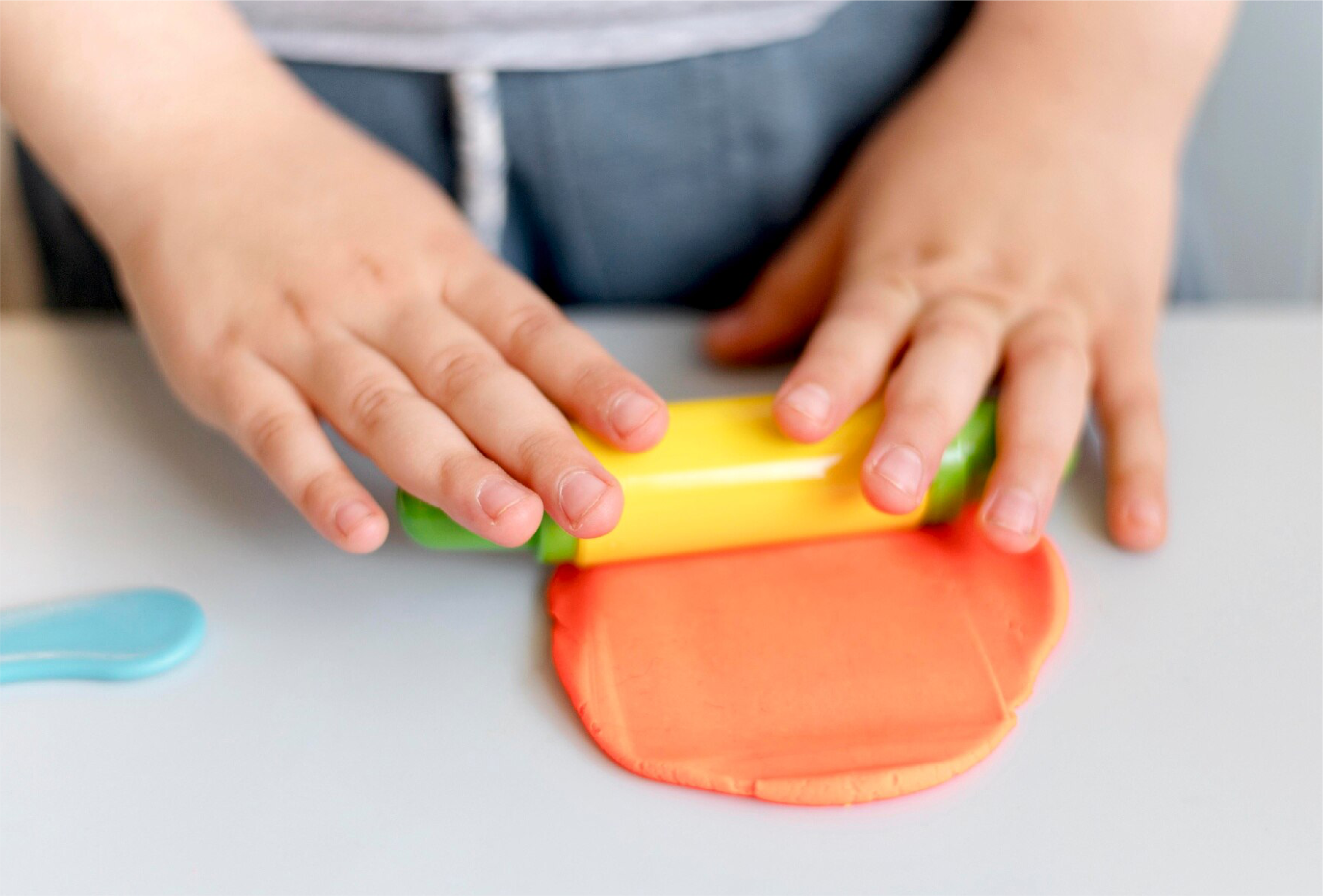Managing Autism Meltdowns:
Before, During, After, Part 3
How to Deal with Meltdowns
Handling meltdowns in children with autism requires a personalised approach as no two children with autism are the same. While not all strategies work for every child, some general techniques can be adapted to fit their individual needs.

Leading Up to a Meltdown
Sometimes you might know that your child is in a difficult situation or that they’re getting agitated or overwhelmed. If you recognise signs of frustration, anger, or anxiety, such as screeching, running away, or rocking, you can intervene early.
Some useful strategies include:
Modifying the environment
- Close doors, turn down lights, or move to a quieter space if possible

Providing emotional support
- Acknowledge your child’s feelings, listen, and understand their situation.
- Avoid saying too much and don’t tell them to calm down, as this can add stress. Instead, guide them to a quiet place using pictures or written words.
- Give your child space and don’t touch them unless they ask
Redirecting and offering choices
- Redirect your child towards something positive by offering 2–3 structured choices, like a different activity, going for a walk, or, if at school, having a drink break.
Using soothing techniques
- Use an item from their meltdown sensory kit to soothe them.
- Remind your child of relaxation techniques or sensory aids using visual cues.
- Offer to do a breathing exercise together.


During a Meltdown
Change the environment
- Leave the room: Moving to a different location might help your child calm down.
- Reduce sensory input: Turn down the lights, keep things quiet, and offer noise-cancelling headphones if they help.
Provide space and support
- Give them space: Stay close, respecting their comfort level. Don’t leave them alone, as this can make them feel unsupported during tough times.
- Ensure safety: Have a plan to keep everyone safe, as meltdowns can sometimes lead to accidental injuries.

Manage your own reactions
- Stay calm: Your child can sense your frustration, which might worsen the meltdown. Keep your face and voice neutral, and wait patiently.
Communicate effectively
- Avoid logic: Children in a meltdown can’t be reasoned with. Don’t talk too much; they’re already feeling overwhelmed.
After a Meltdown
If your child is able to communicate, it can be helpful to discuss what happened once you’re both feeling calm. This might be about 30 minutes after the meltdown. Talking can help them understand their feelings better.
It’s important to identify any new triggers or a combination of triggers that may have caused the meltdown. Knowing the triggers can help you prevent similar situations in the future.
Meltdowns at School
Talk to the teacher and agree on strategies for when a meltdown happens. Share as much information as possible about your child’s triggers and what helps them.
Here are some additional tips:
- Coordinate with school staff to create a meltdown plan.
- Pack a meltdown kit in your child’s school bag.
- Ask the teacher to provide a quiet place for your child to calm down.
- Discuss the day’s schedule with your child before school, using information from the teacher.

Getting Professional Support
Resources
Autism and ADHD Connection
Other Reading
Autism Meltdowns: Not Just
a Tantrum, Part 1
Stop Autistic Meltdowns
Before They Start, Part 2

